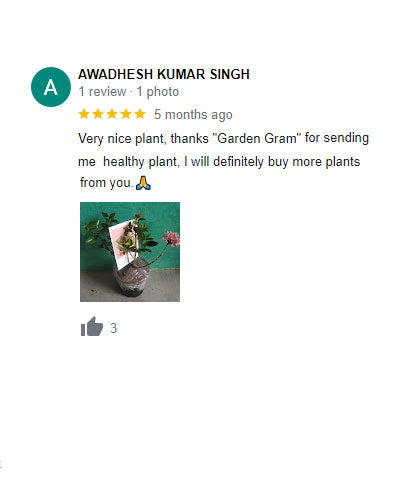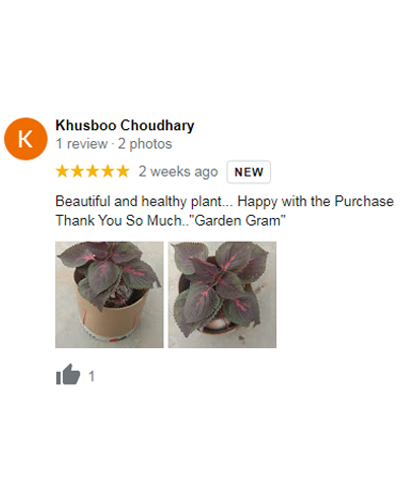How to choose the ‘right’ plant pot?
Buying a plant involves complex decisions that determine the life quality of the baby you are bringing home. One of them is to find the right pot for that plant.
Should you buy the pretty pot you saw on social media or should you aim for the imported ceramic one instead? The answers to the pot science lies ahead.
Based on material, a pot is porous or it isn’t. Materials which allow water to pass through them are porous. Earthen pots are porous although a little less than the terracotta ones. The latter kind is much suited for dry plants such as Cactus. Concrete is also porous. In between these three, concrete ones are high in lime which may turn the soil pH level excessively alkaline and hurt your plants. Best is to go the old school earthen pot way. Although we would recommend that you use biofertilizers to support the nutrition needs of your soily beings, a spare earthen pot also makes for a supremely efficient homemade compost which helps you create manure by yourself.

Now let’s talk about non-porous pots, aka, from which the water doesn’t flow out. Keep in mind that you’ll have to take special care of the watering frequency with them. Starting with ceramic ones, they come in various colours and might even have a floral painting on them. If you wish to showcase a part of your personality from a pot’s designing and texture, ordering a custom made ceramic pot is a sure-shot thumbs up. Plastic pots are very common but they’re less solid compared to fibreglass, their close relative. We called these two relatives because both of them are not an environment-friendly option but very tough when it comes to weather changes and air conditioning. Because of this, the indoor plants in offices which help purify air, plastic and fibreglass pots manage such plants quite well.
There are other uncanny kinds of pots like those made of pressed paper and coconut husks. Being light, they’re easy to move and using them will also make mother nature proud of you. Depending upon your needs, a pot needs to be chosen.
Growing Green Onions or Lettuce in a huge concrete pot will make sense because they grow fast and have deep roots which concrete can adequately bear the stress of. Having a plastic pot in too much direct sunlight will make the soil drier, turn the pot brittle and vulnerable to cracks.
Factors like what you wish to grow, budget and most importantly, the time at your hands will help you make the best pot choice. Have you made a pros and cons list already?
Share with us and all other garden lovers here.













